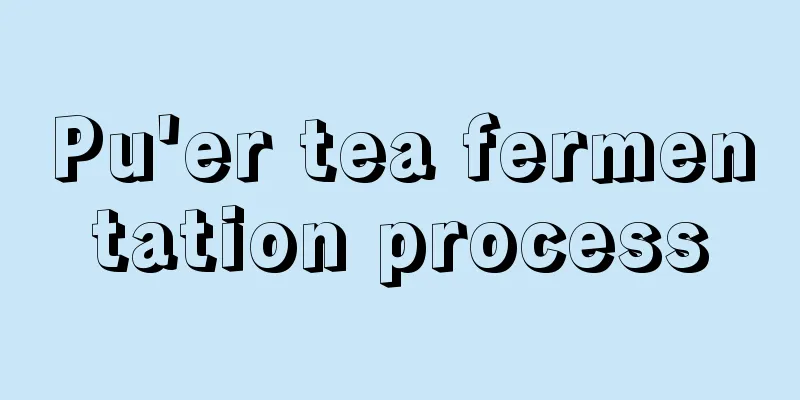Dull pain in the lower left side of the chest

|
Chest pain mostly comes from the heart and lungs. The chest occupies the main part of our upper body. The heart, stomach, spleen and lungs are located on the lower left side of the chest. If you feel a dull pain in the lower left side of your chest, it may be a bronchial disease caused by the pleural lining and the lungs, causing chest pain due to the outward expansion of the chest contents. If you do too much physical work, it will also squeeze your chest cavity, so you should make sure to rest. 1. Causes 1. Chest pain caused by chest wall lesions is a very common type of chest pain, such as local skin, muscle, bone and nerve lesions caused by chest wall trauma, bacterial infection, viral infection, and disease. Common acute dermatitis, subcutaneous cellulitis, herpes zoster, obesity pain, myositis and dermatomyositis, epidemic myalgia, cervical spondylosis, costochondritis, bone disease, intercostal neuritis, radicular pain, etc. Among them, the common features are: (1) The pain is fixed at the lesion, and there is obvious tenderness locally. (2) Actions such as deep breathing, coughing, raising arms, and bending over can aggravate the pain of chest movement. 2. Lung and pleural lesions The lungs and visceral pleura are insensitive to pain. Pneumonia, tuberculosis, lung abscess, pulmonary infarction, etc., may cause chest pain due to lesions involving the parietal layer. Lung diseases that invade the bronchial walls and parietal pleura can cause chest pain. Spontaneous pneumothorax causes sudden severe pain due to tearing of adhesions. Dry pleurisy causes chest pain due to friction between the visceral and parietal pleura caused by inflammation. Large pleural effusions and tension pneumothorax may cause chest pain due to compression of the parietal pleura. Their common characteristics are: (1) Often accompanied by cough or sputum. (2) Chest pain is often aggravated by coughing and deep breathing, but other chest wall activities do not cause pain. (3) There is no local tenderness on the chest wall. It is often accompanied by symptoms of the primary disease, and lesions can be detected by X-ray examination. 3. Common causes of cardiovascular diseases include angina pectoris, myocardial infarction and pericarditis. Angina pectoris, myocardial infarction, aortic valve disease and cardiomyopathy cause chest pain due to myocardial ischemia. Pericarditis is pain caused by involvement of the parietal pericardium and adjacent pleura below the level of the fifth rib. The common features are: (1) The pain is mostly located behind the sternum or in front of the heart, and a few are located under the xiphoid process, and may radiate to the left shoulder. (2) The pain is often triggered or aggravated by physical activity and improves with rest. 4. Mediastinal and esophageal lesions are less common. Common causes include acute mediastinitis, mediastinal disease, mediastinal emphysema, acute esophagitis, esophageal disease, etc. Mediastinal disease is chest pain caused by compression of tissues within the mediastinum, nerve or bone involvement, etc. Esophageal diseases are mainly caused by inflammation or chemical irritants acting on the esophageal mucosa. Their common characteristics are: chest pain is located behind the sternum, presents as persistent dull pain or drilling pain, and often radiates to other parts of the body. The pain worsens when swallowing, accompanied by dysphagia. 5. The causes of diaphragmatic diseases may be in the diaphragm itself or caused by diseases of the abdominal organs. The most common ones are diaphragmatic pleurisy, subdiaphragmatic abscess, diaphragmatic hernia, hepatitis, liver abscess, liver disease, etc. Chest pain caused by diaphragmatic disease is caused by irritation of the phrenic nerve. Its characteristics are: the pain is generally located in the chest and lower part of the sternum. When the center of the diaphragm is irritated, pain may radiate to the shoulders and neck. 2. Clinical manifestations 1. Location of chest pain Inflammation of the chest wall skin causes changes such as redness, swelling, heat, and pain on the affected skin. Shingles presents as a cluster of small blisters that are distributed along the nerves, do not cross the midline, and are obviously painful. Epidemic myalgia may cause severe pain in the chest and abdominal muscles, which may radiate to the shoulders and neck. Non-suppurative myochondritis often invades the first and second costal cartilages. The affected area is raised and painful, but the skin is usually not red or swollen. The pain of angina pectoris and acute myocardial infarction is often located behind the sternum or in front of the heart. The pain caused by esophageal diseases, diaphragmatic hernia, and mediastinal diseases is also located behind the sternum. Spontaneous pneumothorax, acute pleurisy, pulmonary infarction, etc. often present with severe chest pain on the affected side. The first task in evaluating chest pain is to distinguish respiratory pain from pain related to other systems, which is not always easy. The nature of the pain and the circumstances in which it occurs can often be used to distinguish pain from angina or myocardial infarction; pain due to septal artery disease may be difficult to distinguish based on history alone. 2. Nature of chest pain Intercostal neuralgia presents as paroxysmal burning or stabbing pain. Myalgia is often painful. Bone pain is aching or stabbing. Esophagitis and diaphragmatic hernia often cause burning pain or a burning sensation. Angina pectoris often presents as squeezing pain, which may be accompanied by a feeling of suffocation. Aortic disease causes piercing pain as it erodes the chest wall. Primary lung disease and mediastinal disease may cause chest tightness and pain. Through these introductions, do you understand the causes and symptoms of left chest pain? Of course, if you often experience left chest pain, it is recommended to go to the hospital for a check-up in time to prevent other diseases. |
<<: Dull pain on the left side of the chest
>>: There is a dull pain in the right chest
Recommend
People with low blood pressure should exercise properly and pay attention to diet and nutrition
How to treat low blood pressure? What should you ...
How to improve eloquence and communication skills?
Those who are good at speaking will have very str...
Benefits of neck massage
If you massage your neck frequently in your daily...
The water heater won't ignite
The water heater is a kind of water heater that w...
What tests can detect early liver cancer?
Generally, the following tests are required: labo...
Is it good to wash your hair with salt water?
Salt is the carrier of saltiness and it is the mo...
What diseases can be cured by electrotherapy
Electrotherapy is a very popular way of treating ...
Suffering from ovarian cancer, fortunately met Wang Guimian
Patient: Xing Baozhen, 52 years old, farmer from ...
What are the symptoms of endometrial cancer?
What are the symptoms of endometrial cancer? 1. P...
What are the symptoms of stomach fire
In daily life, stomach fire is quite common. When...
About the differential diagnosis of pancreatic cancer and periampullary carcinoma
Regarding the differential diagnosis of pancreati...
Understand the causes of liver cancer
Liver cancer is a disease that scares people, and...
Is Nostoc a prokaryotic organism?
Hair moss is a kind of algae, which is a prokaryo...
What are the symptoms of food indigestion
Food must be digested in the intestines before it...
What are the dangers of drunk driving?
Drinking is a common phenomenon in normal times, ...









